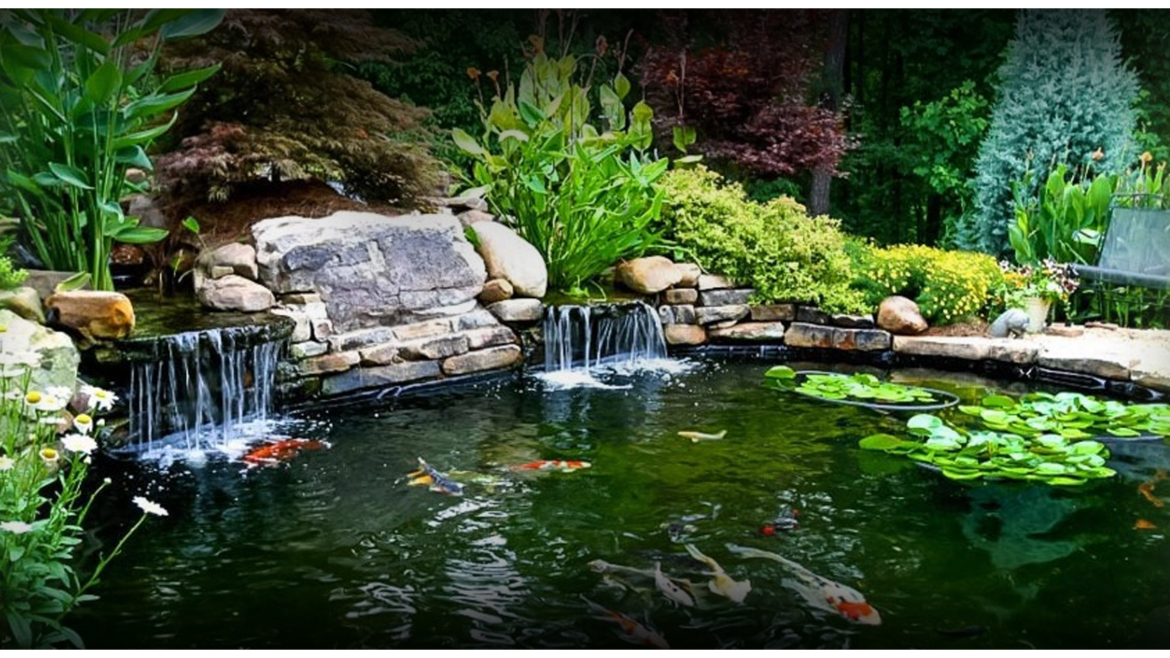A water feature in your yard, such as a pond or a fountain, will always add a sense of serenity and enhance its aesthetic appeal.
Water may look clean and clear today, but it may become clogged and pond cloudy water without regular care and maintenance.
An excellent-looking water system that is always clean inside and beautiful outside can be done if you know how to filter the water properly and clean it regularly.
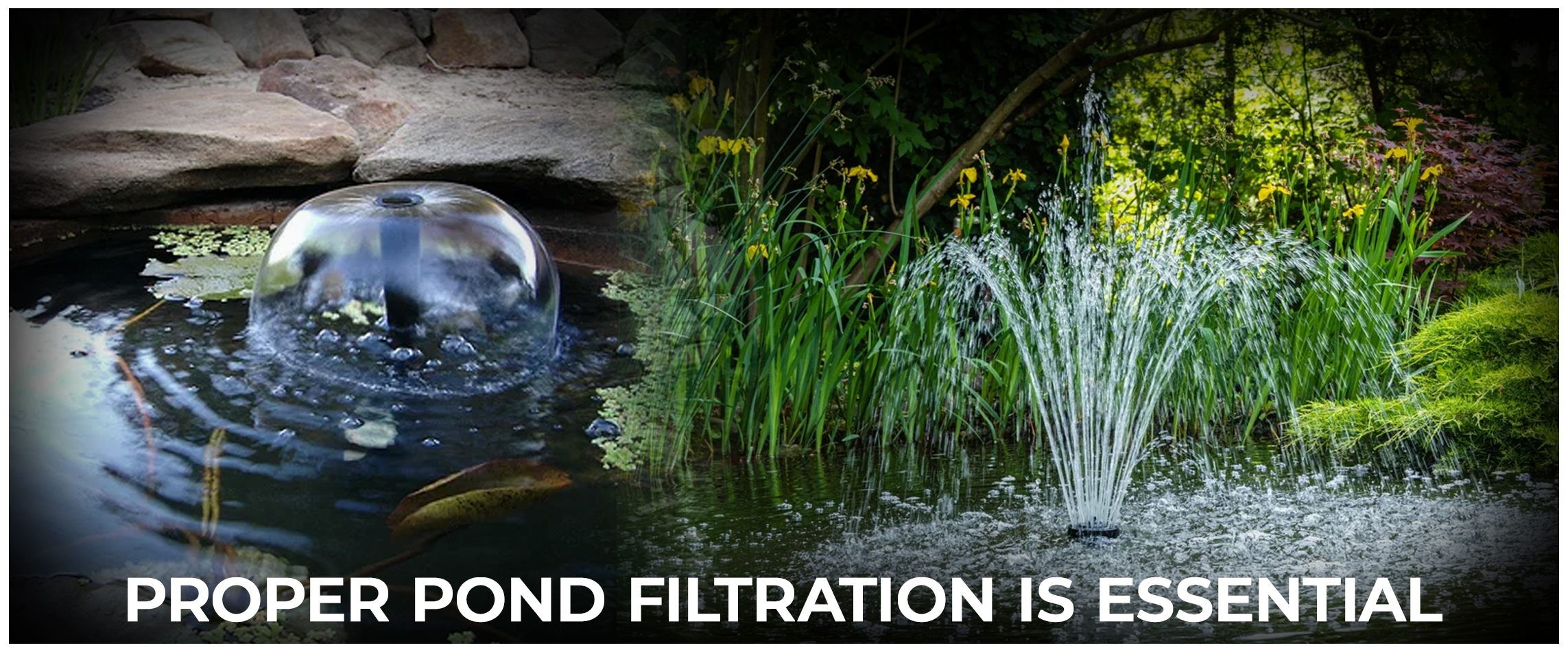
Proper Pond Filtration is Essential For Water Feature
An efficient pond filtration system alone is necessary to ensure that Pond waters will be kept as clean as possible.
The mechanical, biological, and chemical filtration process should remove debris and degenerate waste and maintain chemical balance to clean pond cloudy water.
Your quality pond care begins with an investment in an appropriately sized filtration system, which is the habitat of the backyard pond.
Identify the Cause
Firstly, test water composition parameters, including pH, GH, ammonia levels, and phosphates. The fact that this was done shows that an underlying factor caused the breeding and spread of the contamination.
The common causes of algae growth are inadequate water distribution, increased nutrients originating from waste or rubbish, lack of oxygen, unfavorable pH, or a UV clarifier malfunctioning.
Pond Filtration
Filtration is essential when dealing with water quality and clarity concerns in the water garden. Pond filtration systems remove refuse, uneaten food, and toxins to avoid algae growth and the emergence of a healthy environment for plants and fish.
Subsequently, the most efficient filtration method is putting in a pond filter for the fountain or pond meant for the exact size. These systems, which employ water cycling through mechanical, biological, and chemical filtration media for trapping pollutants, are continuous.
Maintaining the fitted filter nets per the manufacturer’s guidelines will ensure the equipment performs at its best. Since the green water caused by algae is primarily an aesthetic problem, we recommend incorporating a UV clarifier (Ultraviolet) to eradicate the green water.
Pond Water Quality
In addition to filtration, monitoring and adjusting the water chemistry impacts clarity. Test kits allow to check pH, GH, KH, ammonia, nitrites, and nitrates to ensure levels remain at safe parameters for aquatic life.
Performing weekly partial water changes extracts built-up organic waste and replenishes essential minerals. Removing decaying plant material and cleaning surfaces prevents excessive nutrients that encourage algal blooms or bacterial growth.
Maintaining proper water quality keeps water transparent and supports a flourishing, balanced environment.
Pond Care
Consistent pond maintenance prevents water clarity issues and creates a visually striking feature. Routine tasks like cleaning filters, testing water, removing debris with a net, and pruning plants are essential for crystal-clear water.
Inspect equipment to ensure proper functionality and replace old parts as needed.
Wash rocks and decor to prevent scale buildup or calcium deposits, which cloud water. Finally, keep the stock with enough fish or overfeed, as excess waste can accumulate. Dedicating weekly time to care for the pond pays off through healthy, sparkling, clean water.
Fountain Care
The cleaning focuses on preventing scale, buildup, and debris accumulation for self-contained fountains without aquatic life. Wipe down fountain surfaces weekly or use natural cleaners to remove mineral deposits and avoid biofilm growth.
Each month, scrub inside the fountain basin thoroughly to extract dirt and organic material. Frequently change water to prevent it from becoming stagnant or brackish, which allows contamination to grow.
Finally, use a fountain net or mesh screen to catch falling leaves, twigs, and other windblown items before they settle. With consistent care, the fountain remains pristine.
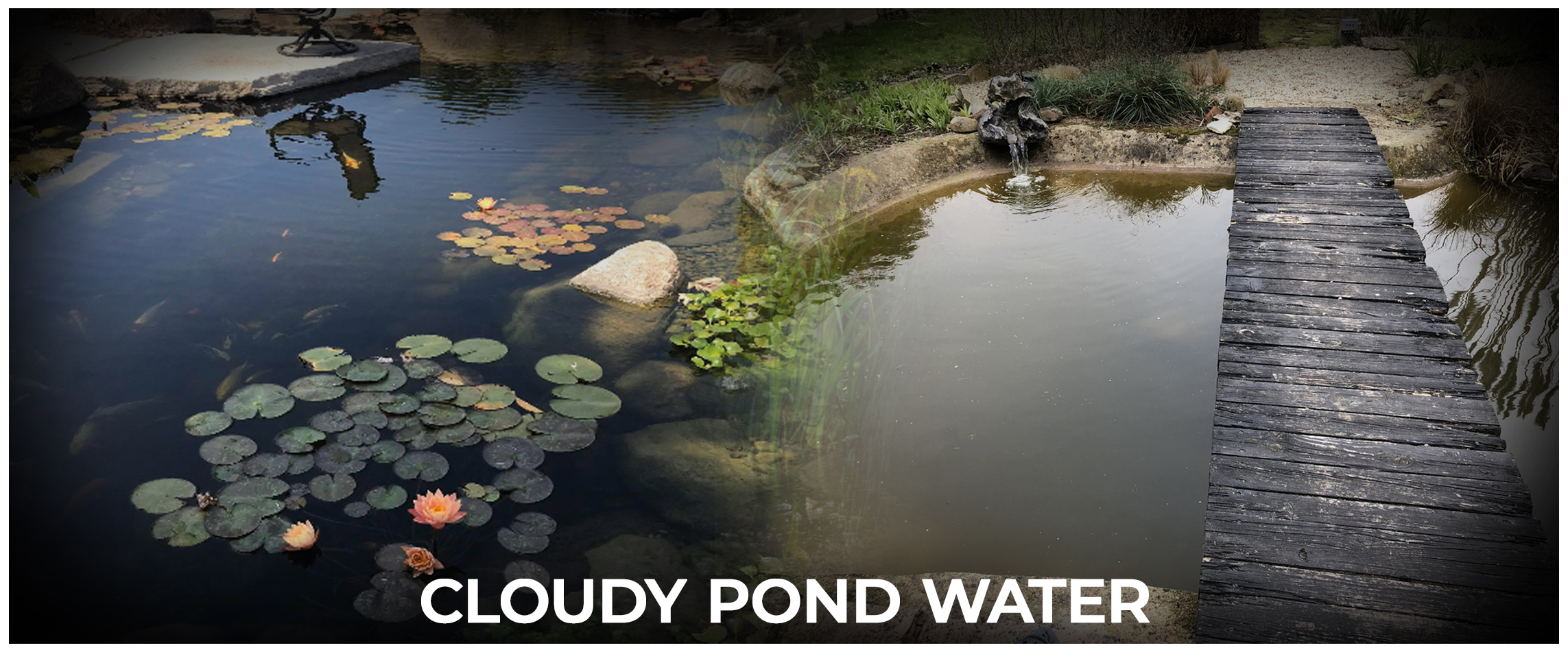
Cloudy Pond Water
If you notice the pond or fountain water becoming cloudy or green despite the best maintenance efforts, don’t fret – there are some troubleshooting steps to get it clear again.
Cloudy pond water usually results from an imbalance, allowing algae or bacteria to proliferate. Testing the water to identify the issue and making appropriate corrections will restore clarity.
Clean Thoroughly
Do a deep clean by scrubbing all surfaces and completely changing some water. Prune back foliage blocking sunlight. Clean or replace filtration media if obstructed.
Vigorously agitate the water to dislodge as much of the cloudiness as possible. This fresh start makes it harder for contaminants to continue multiplying.
Restore Balance
Correct any water parameter issues revealed by testing to rebalance the pond ecology. For instance, adjust pH or reduce nutrients by removing buildup and changing more water.
Fix circulation issues clogging the system or inhibiting surface gas exchange. Then, patiently allow the filtration system to reestablish homeostasis. Consider overcorrecting chemistry if necessary.
Prevention is Ideal
While these steps recover a clouded water feature, prevention is preferable. Maintain proper water chemistry, circulation, cleaning routines, and pond filtration to stop cloudiness from occurring.
Test water regularly, scrub away debris early before accumulating, and replace media on schedule. Invest time upfront to consistently enjoy crystalline water for years.

The Right Biological Balance For Water Feature
Healthy populations of beneficial bacteria in your pond or fountain are essential for crystal-clear water.
These helpful microorganisms form the invisible workforce that breaks down organic debris, processes fish waste, and outcompetes algae – all of which keep clarity high. Supporting the right biological balance minimizes maintenance efforts.
Understand the Nitrogen Cycle
The nitrogen cycle driven by nitrifying bacteria is vital for any aquatic environment. Helpful nitrosomonas and nitrobacter strains convert ammonia from waste into less harmful nitrites and nitrates.
Without these microbes, ammonia spikes burn inhabitants and encourage algal blooms. Having highly oxygenated, filtered water enables populations of these essential bacteria.
Add Supplemental Bacteria
Most pond filtration systems harbor some bacteria naturally. However, inoculating with supplemental blends when setting up a water feature or after cleaning ensures adequate quantities.
Bottled bacteria products containing strains like bacillus specifically nurture ecosystems for crystal clarity. Follow product instructions for ideal application and water conditions.
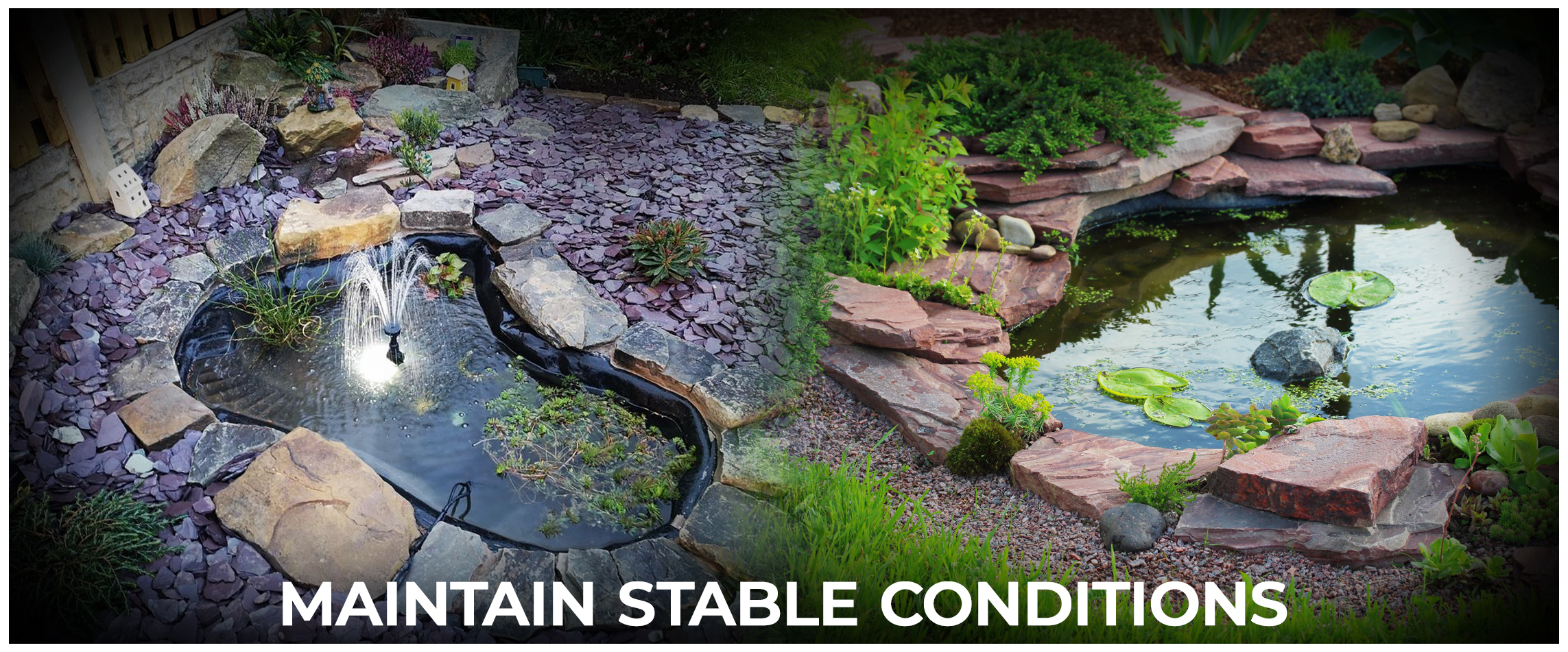
Maintain Stable Conditions
Creating an environment where helpful bacteria thrive keeps the water column healthy. Avoid chlorinated tap water or changing chemical conditions too suddenly. Keep water oxygenated through surface movement and plants while monitoring ammonia levels.
Protect bacteria by cleaning only sections of filter media at once and using bacterial supplements after deep cleaning, restarting the cycle. Feed fish moderately and employ strong filtration to prevent waste accumulation.
Be Patient
Once underlying issues are fixed and a thorough cleaning is complete, wait a few days for the filter and clarifier to catch any straggling particles.
The water may seem worse at first as junk gets churned up, but it should start clearing from the edges inward until pristine again. Let the maintenance regimen work rather than attempting to remove every last bit manually.
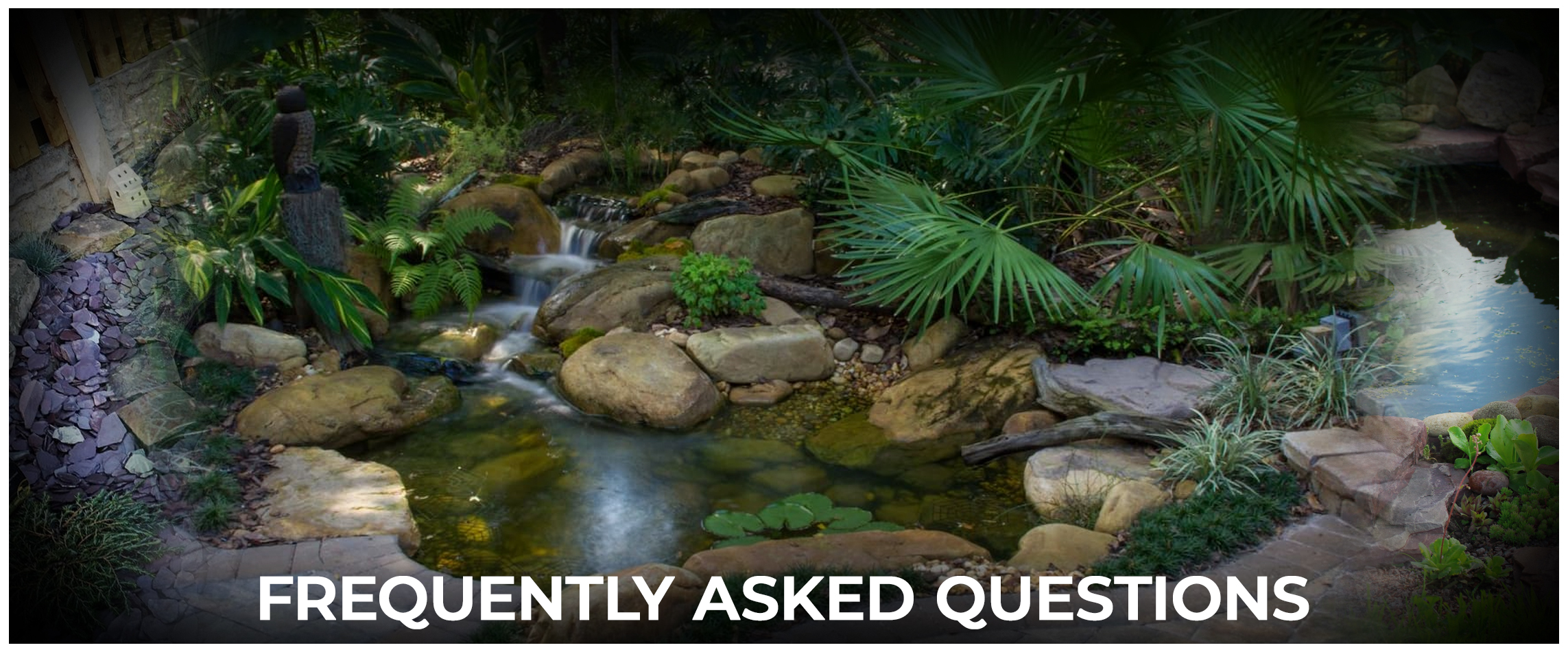
Frequently Asked Questions
What if my pond smells terrible?
Unpleasant odors from the pond often indicate excess debris and waste. Rotten in the water, this material causes noxious sulfurous smells. Confirm the pond filtration system is running correctly and clean clogged media.
Perform a partial water change, manually remove built-up sludge from the pond floor, prune back dead foliage, and clean out external filters or skimmers.
Finally, use a bacterial supplement to establish populations that help break down waste. As balance is restored, the bad smell should dissipate.
Why is my fountain water turning green?
Green, soupy water results from microalgae using high nutrients to multiply, coloring the water rapidly. This usually means too much waste, leaves, or other debris is accumulating internally or externally. Scrub down the entire fountain and change most of the water.
Ensure adequate airflow and circulation inhibit future growth. Maintain a strict cleaning regimen to extract new material before algae reoccur.
If the issue persists, you can add a UV clarifier to help control green water through sterilization rather than chemicals.
Wrapping it Up
Creating and caring for a backyard water feature like a pond brings tranquility and beauty to outdoor spaces. However, without proper maintenance, water can become cloudy, green, or contaminated – detracting from the calming ambiance.
You can address issues and restore sparkling clarity by understanding critical components of water quality like filtration, chemistry, cleaning methods, and beneficial bacteria. The water in ponds and fountains stays clear through finding balance.
Consistent care of pond filtration, beneficial bacteria, debris cleanup, testing, equipment checks, and fixes when needed result in efficiently sustaining the balance for healthy water. A dedication to stewardship keeps your pond or fountain refreshing, soothing, and enjoyable for years to come. Let conscientious care yield crystal clarity!

